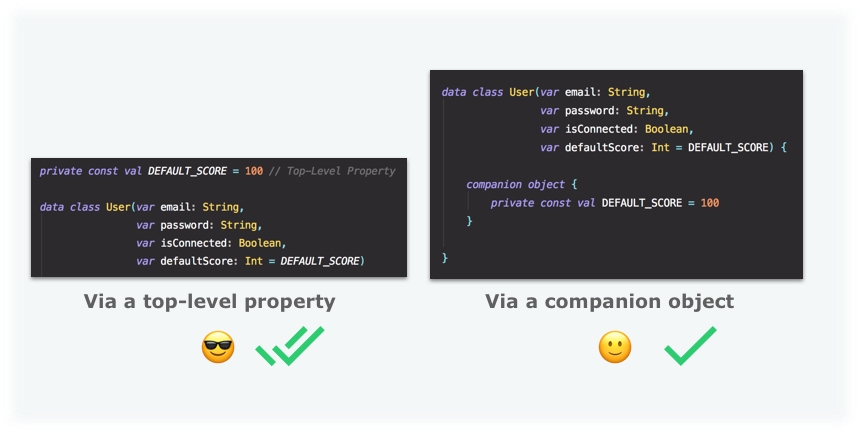

}] Output: ]Īccumulo,1,ActiveMQ,2,Adsense,1,API,37,ArrayList,18,Arrays,24,Bean Creation,3,Bean Scopes,1,BiConsumer,1,Blogger Tips,1,Books,1,C Programming,1,Collection,8,Collections,37,Collector,1,Command Line,1,Comparator,1,Compile Errors,1,Configurations,7,Constants,1,Control Statements,8,Conversions,6,Core Java,149,Corona India,1,Create,2,CSS,1,Date,3,Date Time API,38,Dictionary,1,Difference,2,Download,1,Eclipse,3,Efficiently,1,Error,1,Errors,1,Exceptions,8,Fast,1,Files,17,Float,1,Font,1,Form,1,Freshers,1,Function,3,Functional Interface,2,Garbage Collector,1,Generics,4,Git,9,Grant,1,Grep,1,HashMap,2,HomeBrew,2,HTML,2,HttpClient,2,Immutable,1,Installation,1,Interview Questions,6,Iterate,2,Jackson API,3,Java,32,Java 10,1,Java 11,6,Java 12,5,Java 13,2,Java 14,2,Java 8,128,Java 8 Difference,2,Java 8 Stream Conversions,4,java 8 Stream Examples,12,Java 9,1,Java Conversions,14,Java Design Patterns,1,Java Files,1,Java Program,3,Java Programs,114,Java Spark,1,java.lang,4,java.util. Println( "print converted int array as string : "+ Arrays.toString(array)) converting list to array list.toArray(array) What happens behind the scene is that a new, larger array is created and replaces the old one, which is removed. Specifically, when an element is added to an ArrayList, it is inserted into the array. creating an empty intger array with size of list. In Kotlin, an ArrayList provides a MutableList implementation that uses an array as backing storage. Convert List to Array in Kotlin [package Hence, to see the actual contents inside the array, you should call Arrays.toString() method.ģ. If you print directly returned array then it prints memory address of the array. Next, call list.toArray(array) which internally copies all values from list to array. Kotlin base package has a function arrayOfNulls(int size) which takes the size of the array that should be created and it should hold the String type values.Īfter the array is created then it will have null values in it. If you, on the other hand, want to rely on ArrayList (via arrayListOf), you probably have a concrete scenario were only this implementation is acceptable.Therefore, always array size should be as same as List when doing a conversion. For instance, if Kotlin decides to add a more powerful backward-compatible version of an ArrayList, they could change the implementation and your code would keep working (in an improved way).


As of now this happens to be an ArrayList which could change in future releases. The point of not using arrayListOf is that you want to rely on the library to choose the actual implementation. On the other hand, if you don't fully rely on type inference, you can make the variable for the ArrayList read-only as well: val l3: List = arrayListOf(2) It's definitely preferred to use read-only data structures whenever possible. One notable and important difference is that listOf gives you a read-only List whereas arrayListOf gives you a MutableList.


 0 kommentar(er)
0 kommentar(er)
